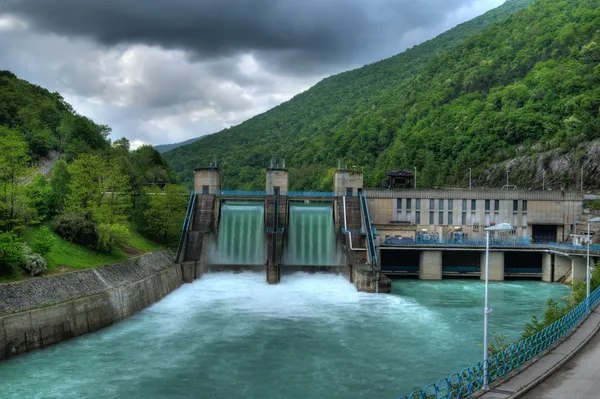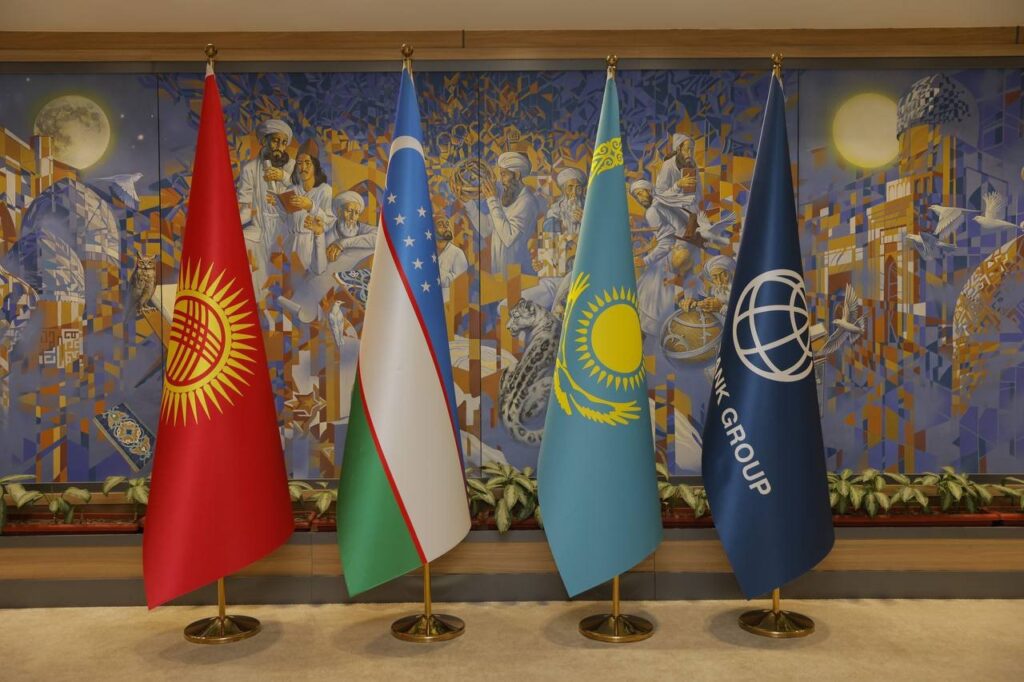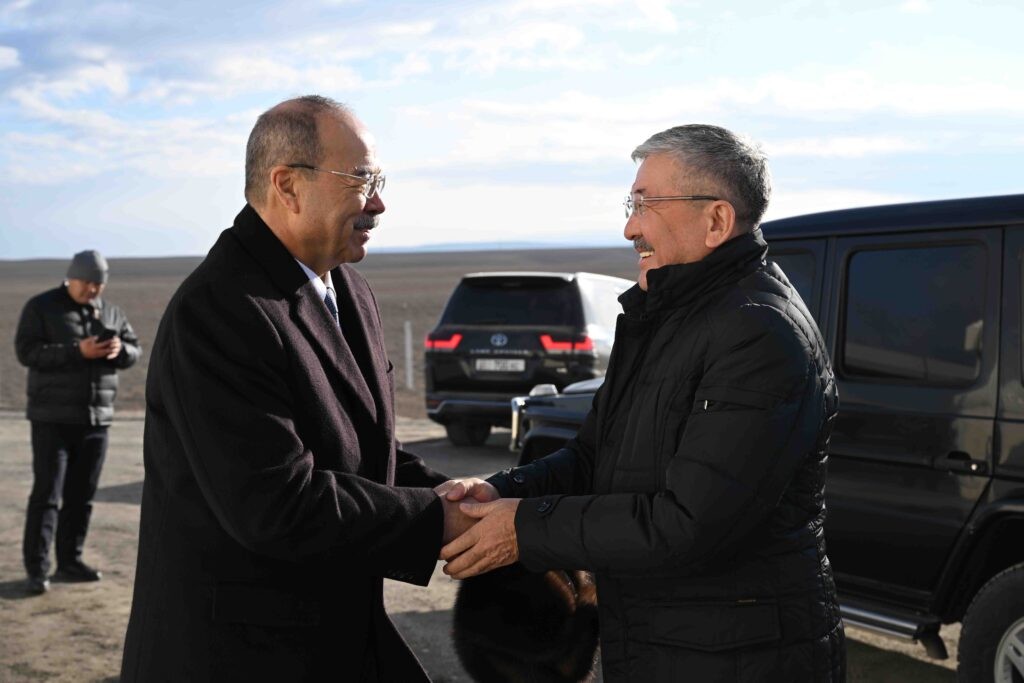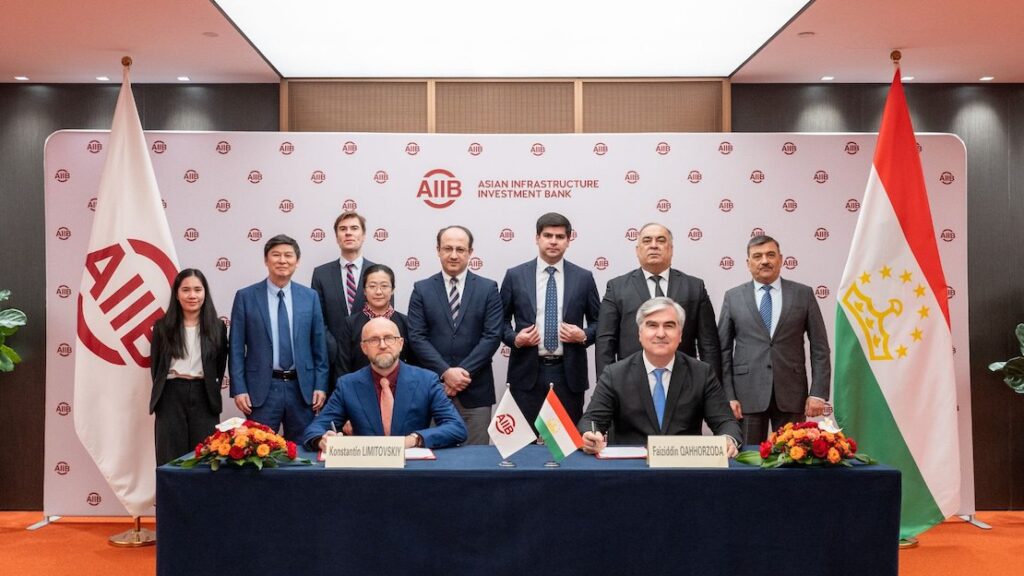EDB Begins Pre-Feasibility Study for Hydropower Plant Cascade in Kyrgyzstan
The Eurasian Development Bank (EDB) and Kyrgyzstan’s Ministry of Economy and Commerce have signed a technical assistance agreement to initiate a pre-feasibility study for the Hydropower Plant (HPP) Cascade Project. The announcement was made on March 26 and marks a significant step forward in the development of one of Kyrgyzstan’s most ambitious energy infrastructure projects. This agreement builds on the existing partnership between the EDB and the Ministry, established under a Memorandum of Cooperation signed in December 2024. Scope of the Study Under the agreement, the EDB will finance the pre-feasibility study, which will include: Estimating preliminary capital expenditures Developing key technical solutions Assessing environmental and social impacts Outlining state support measures needed for project implementation The study will be carried out in collaboration with the Ministry and a designated consulting firm. Strategic Importance of the Suusamyr-Kokomeren Cascade The planned hydropower cascade will be situated on the Kokomeren River and consist of three power plants with a combined installed capacity of 1,305 MW. The project is expected to significantly enhance Kyrgyzstan’s electricity generation capacity, help meet growing domestic energy demands, and contribute to reducing greenhouse gas emissions. Hydropower is a cornerstone of Kyrgyzstan’s renewable energy strategy, and the Suusamyr-Kokomeren project is envisioned as a key driver of energy security and regional development. Regional and International Cooperation The EDB is a multilateral development institution comprising six member states: Armenia, Belarus, Kazakhstan, Kyrgyzstan, Russia, and Tajikistan. It finances regional development projects that foster economic integration across Eurasia. It is worth noting that in early 2024, Kyrgyzstan’s Ministry of Energy signed memorandums of understanding with China National Electric Engineering Co. Ltd. These agreements include cooperation on the construction of both the Suusamyr-Kokomeren HPP Cascade and the Kara-Kechin thermal power plant. Together, these initiatives underscore Kyrgyzstan’s strategic push to diversify its energy portfolio and strengthen infrastructure through international partnerships and sustainable energy investments.






